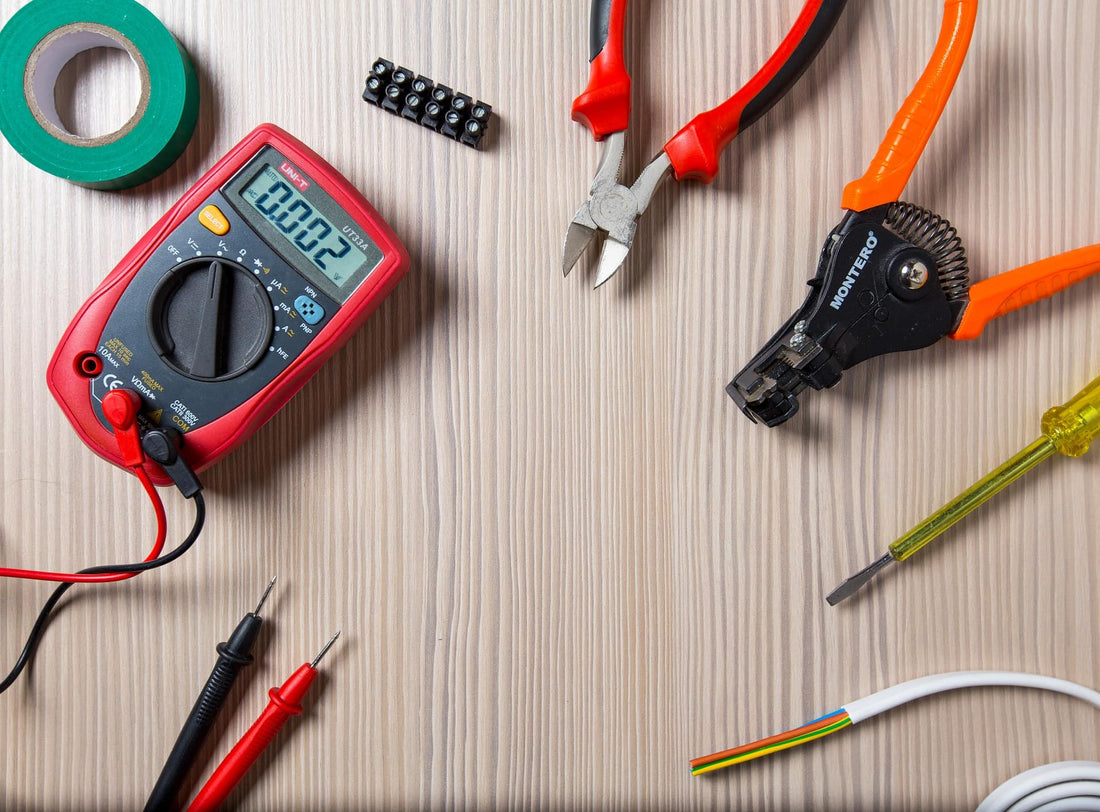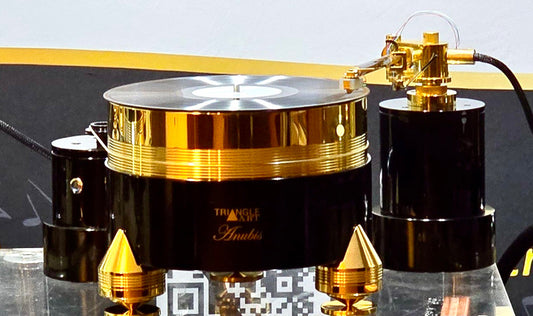Coils and gauges
by Paul McGowan
A coil of wire is a thing of magic. Pass an AC signal through it and as the frequency rises it gets harder to get through to the other side. Or, pass a steady current through the coil and use it to click a switch or pick up screws rattling around on the bench. And if that weren't enough, pass a magnet close to a coil of wire and out pops electricity at either end of the coil.
Coils are used in speakers to keep woofers from trying to become tweeters. They are also used as motors for those same woofers. And tweeters and midranges are made from them too.
If we want cleaner AC power we place a coil in the path of the electrons and the good stuff gets through while the unwanted garbage never gets to the other side.
While their actions may seem like magic, they are still mortals bound by the laws of physics—which means they are not created equal. How they are constructed plays a major role in how they perform and sound in an audio or a power cleaning circuit.
A properly designed coil of wire in an AC circuit has its value adjusted so that lower frequencies, like 60Hz, pass without hindrance while unwanted higher frequencies are reduced. Two coils of equal value will produce the same frequency roll off, yet don't sound the same if they are built differently.
Heavier gauge wire coils sound better than thinner gauge.
When PS Audio designs an AC coil we're concerned not just with lowering unwanted high frequency noise, but also sound quality. Which explains why we build the coil with oversize wire as we do in our Dectet Power distribution product.
Conventional engineering practices dictate the minimum requirements for wire thickness. These are the guidelines 99% of engineers building your products follow because they are narrowly focused on the one task of cleaner power. When you work with a company that wants both clean power and good sound, you get a different result.
Which is why it's important to find out what the company's end goals are.
If it's just cleaner power, you may get what you bargained for and lose what you're after.
- Choosing a selection results in a full page refresh.
- Opens in a new window.








